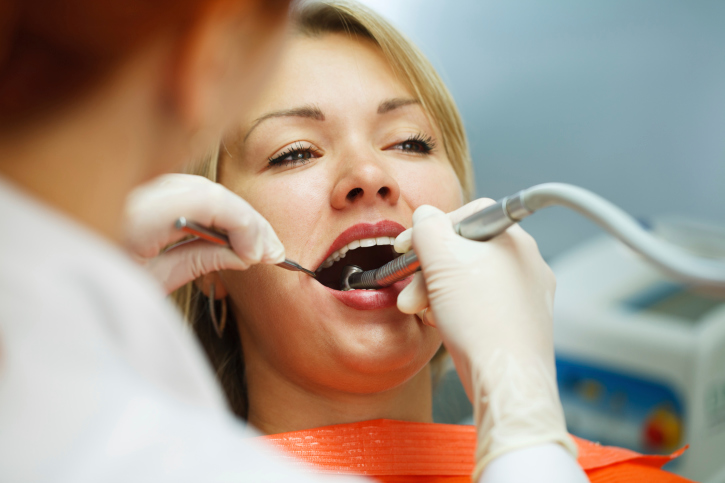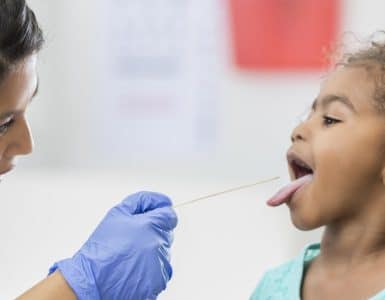With so many medical costs on the rise, it’s no surprise the cost of dental care is rising, too. Having to pay hundreds of dollars for a root canal can be just as painful as the procedure itself. Even those who have dental insurance are feeling the effects of higher dental costs. Luckily, these useful tips may be able to help you “take a bite” out of the dentist’s bill:
Call your local dentists. Some dentist offices offer income-based fees. Try reaching out to offices that are affiliated with your city or county government. You can also check out the US Department of Health and Human Services (HHS) website, http://findahealthcenter.hrsa.gov/ to find federally-funded facilities that offer dental care at a reduced rate.
Go to college. Many colleges and universities that have dental programs offer clinics that provide care at a reduced cost. Typically these clinics are run by senior dental students who are supervised by licensed professionals. The cost savings could be substantial! For example, x-rays and a crown at a dentist’s office might be priced around $1000, but you may pay only half of that for the same procedures at a dental school clinic. And if you’re looking for a less intensive appointment, such as a simple cleaning, look to local colleges that offer dental hygiene training programs where supervised students can perform cleanings at a lower price.
Look for free dental clinics. These clinics are usually run by churches or local non-profit agencies. They may ask for a donation, but will perform most basic procedures for free. Check out your local United Way chapter to direct you to free or low-cost dental resources: http://www.LiveUnited.org
Enroll in clinical trials. Clinical trials can be for treatment, prevention, diagnostic, or screening. In many cases, trials require that you have a specific oral, dental, or craniofacial condition. The National Institute of Dental and Craniofacial Research sometimes conduct clinical trials regarding dental conditions. Researchers may provide clinical trial participants with free or low-cost dental care for the condition they are studying. Visit http://www.clinicaltrials.gov to look into clinical trial opportunities.
Seek out free dental care for children. TheChildren’s Health Insurance Program (CHIP) helps uninsured children under age 19 obtain dental care. Be aware that dental services covered under CHIP vary from state to state. Medicaid is another state-run program that can offer low-cost dental services to children and families.
To learn more about how to find affordable healthcare coverage, check out The Healthcare Survival Guide: Cost-Saving Options for the Suddenly Unemployed and Anyone Else Who Wants to Save Money. The book, written by Health Advocate cofounders Martin Rosen and Abbie Leibowitz, M.D., lists a wide variety of resources to help those who have lost their employer-paid healthcare—or those who want to reduce costs—find affordable healthcare coverage and health services. You can download the book for free at www.HealthcareSurvivalGuide.com.



